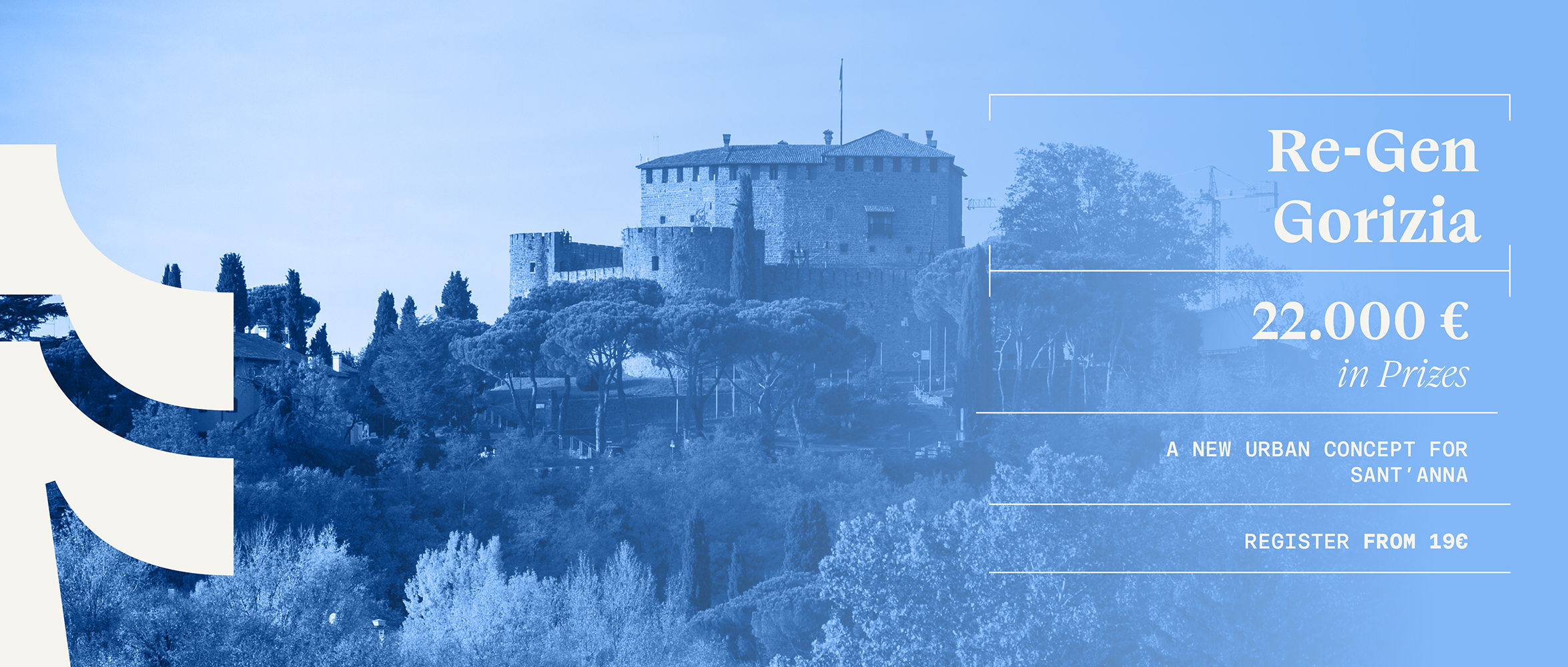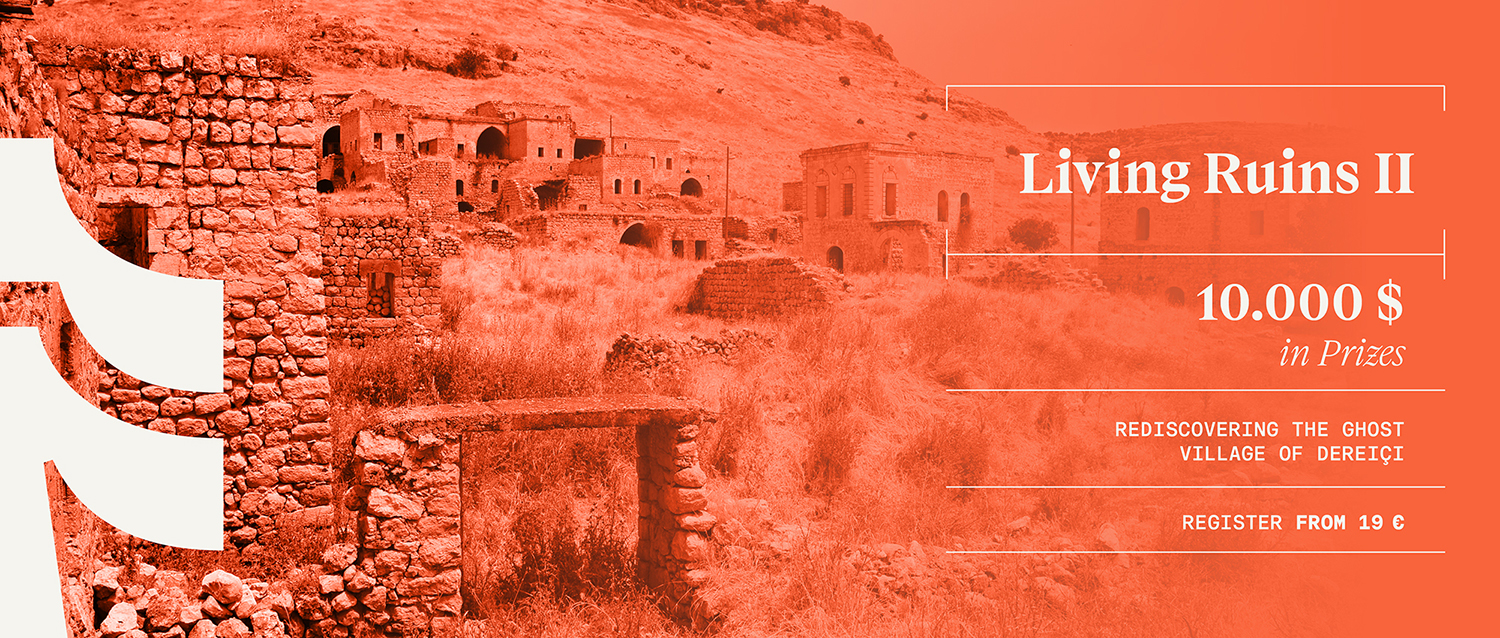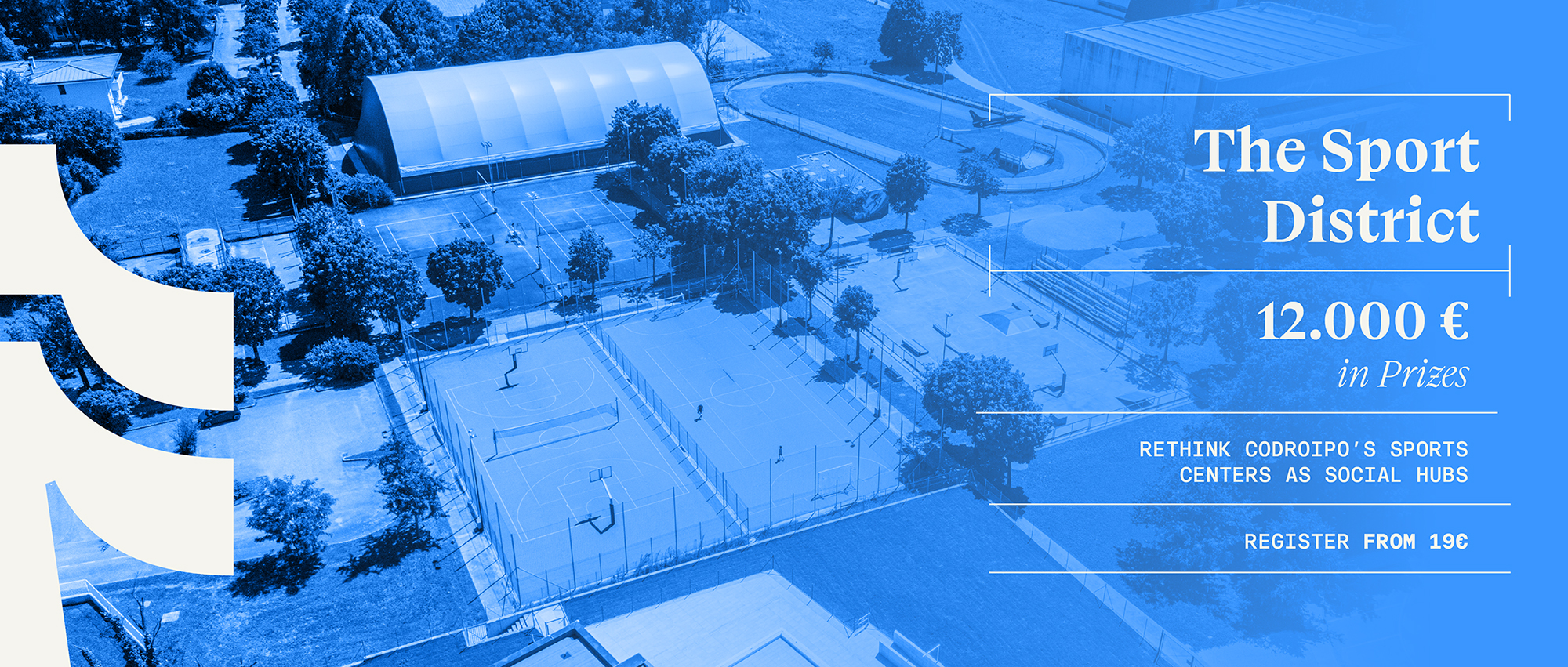作者/Writer:kadirbishara 2024.07.10
类型/Type:概念项目
地点/Location:Unlimited
功能/Program:The objective of this architectural competition is to inspire participants to design playgrounds tha
报名截止/Registration:2024.09.24
提交截止/Submission:2024.09.25
参赛资格/Eligibility
All
报名费用/Entry Fee
30 USD
奖赏/Prize
Winner x 1 = $1000 + Certificate + Publication in our Annual Issue + Blog Post
Runners Up x 4 = $250 + Certificate + Publication in our Annual Issue + Blog Post
Participation Certificates for all teams
Premise
Design a universally accessible playground that caters to children with all types of disabilities. The challenge is to create not just a play area but a vibrant space that ensures safety, inclusivity, and endless fun for children with diverse needs.
Issue
The critical issue at the heart of this competition is the urgent need to provide playgrounds that welcome all children, regardless of their physical, sensory, or cognitive abilities. Most existing playgrounds lack universal accessibility, inadvertently excluding children with disabilities from the joy of play and vital social interactions. This competition aims to address this gap by fostering the creation of inclusive play spaces that allow every child to experience the delight of play while promoting social inclusion, community, and equality.
Objective
The objective of this architectural competition is to inspire participants to design playgrounds that are universally accessible and cater to children with various disabilities. Your challenge is to transcend conventional playground designs and envision an inclusive environment where every child can play together safely and joyfully. The ultimate goal is to create a playground that is a beacon of inclusivity, where barriers are eliminated, and every child can experience the sheer joy of play and the power of social connection.
Site
Participants are encouraged to choose a site within their own locality for their playground design. The selected site should be an urban park area that is less than 500 square meters, ideally located near residential neighborhoods and schools. This flexibility allows participants to consider local needs and contexts while ensuring the playground serves a wide community. Designs should complement the existing park environment, utilizing the natural landscape to enhance the play experience and provide a safe, inclusive space for all children.






















